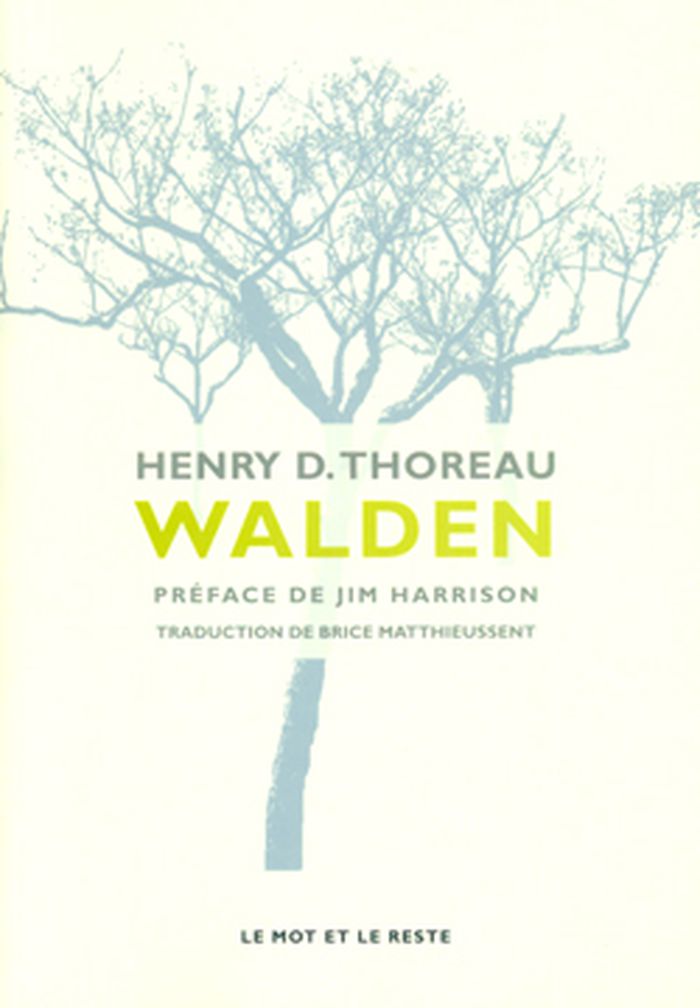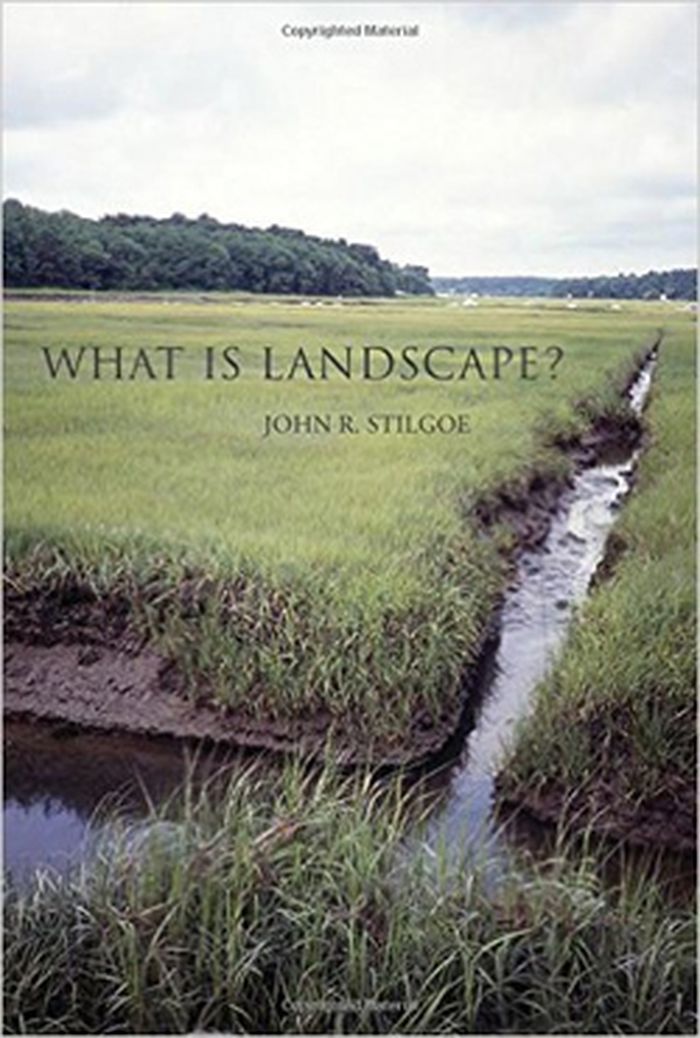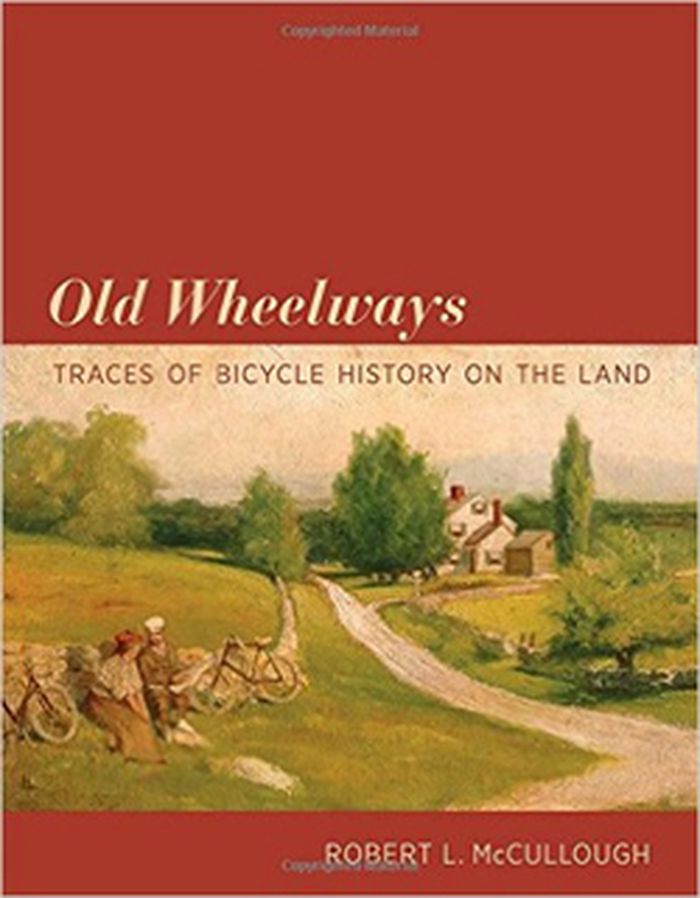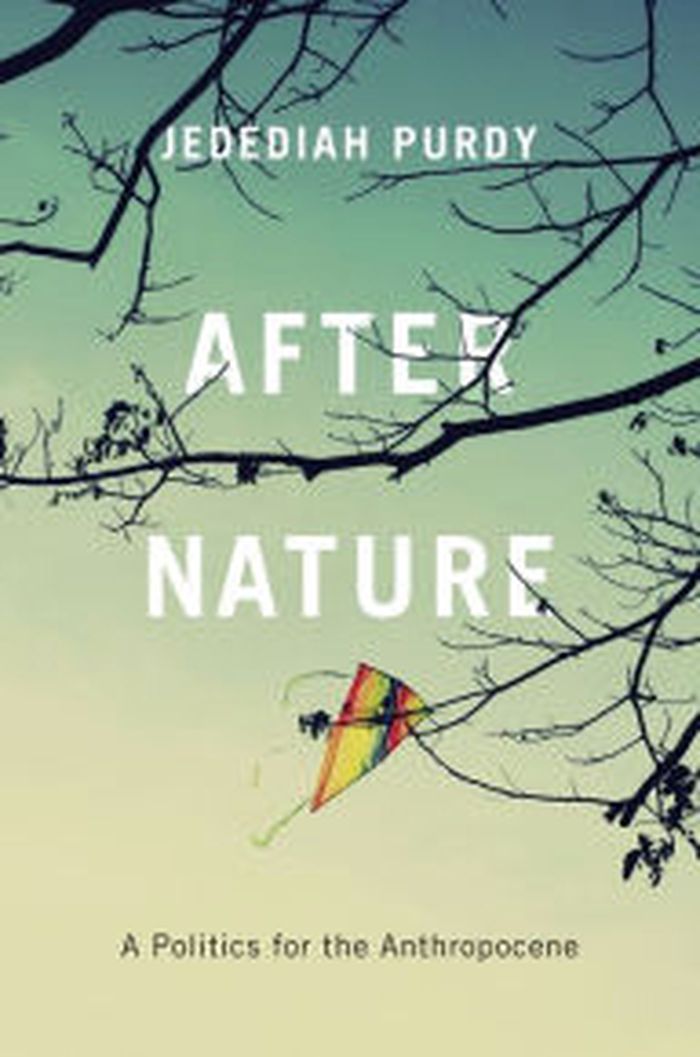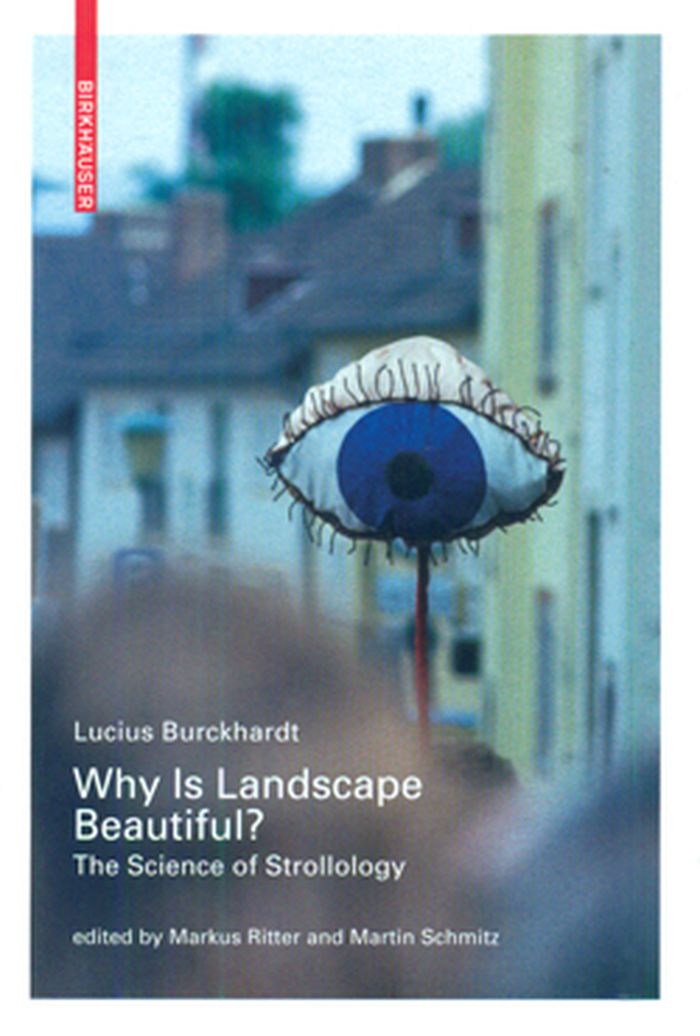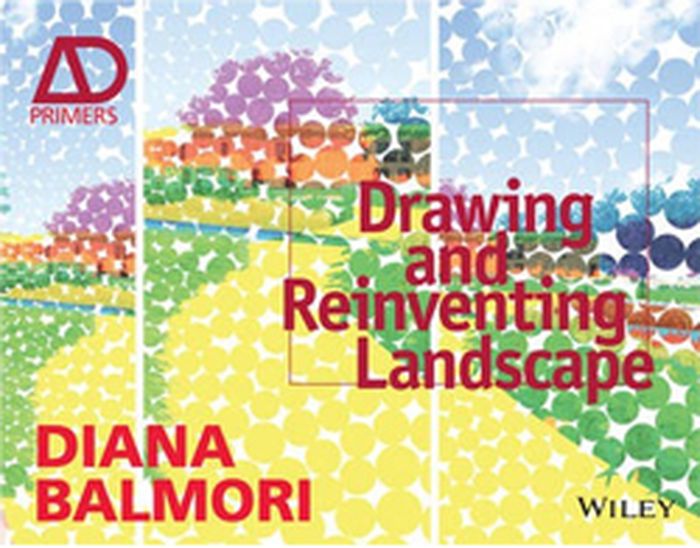Walden
$39.95
(disponible sur commande)
Résumé:
Walden, publié en 1854, se présente comme le récit des deux années (1845–1847) que son auteur, Henry David Thoreau, a passé à vivre seul dans les bois, près du lac Walden, dans une cabane qu’il avait construite de ses mains. Mais si ce texte relate bel et bien, saisons après saisons, cette expérience de vie autosuffisante et frugale, vivifiante aussi, passée au plus près(...)
Walden
Actions:
Prix:
$39.95
(disponible sur commande)
Résumé:
Walden, publié en 1854, se présente comme le récit des deux années (1845–1847) que son auteur, Henry David Thoreau, a passé à vivre seul dans les bois, près du lac Walden, dans une cabane qu’il avait construite de ses mains. Mais si ce texte relate bel et bien, saisons après saisons, cette expérience de vie autosuffisante et frugale, vivifiante aussi, passée au plus près de la nature, il ne se limite pas au simple exposé d’un art de vivre. Longuement mûri, réécrit huit fois entre 1847 et 1854, Walden est le chef-d’oeuvre littéraire de Thoreau.
Théorie du paysage
What is landscape?
$29.50
(disponible sur commande)
Résumé:
Landscape, John Stilgoe tells us, is a noun. From the old Frisian language (once spoken in coastal parts of the Netherlands and Germany), it meant shoveled land: landschop. Sixteenth-century Englishmen misheard or mispronounced this as landskep, which became landskip, then landscape, designating the surface of the earth shaped for human habitation. In What Is Landscape?(...)
What is landscape?
Actions:
Prix:
$29.50
(disponible sur commande)
Résumé:
Landscape, John Stilgoe tells us, is a noun. From the old Frisian language (once spoken in coastal parts of the Netherlands and Germany), it meant shoveled land: landschop. Sixteenth-century Englishmen misheard or mispronounced this as landskep, which became landskip, then landscape, designating the surface of the earth shaped for human habitation. In What Is Landscape? Stilgoe maps the discovery of landscape by putting words to things, zeroing in on landscape’s essence but also leading sideways expeditions through such sources as children’s picture books, folklore, deeds, antique terminology, out-of-print dictionaries, and conversations with locals. (“What is that?” “Well, it’s not really a slough, not really, it’s a bayou . . .”) He offers a written narrative lexicon of landscape as word, concept, and path to discoveries. What Is Landscape? is an invitation to walk, to notice, to ask: to see a sandcastle with a pinwheel at the beach and think of Dutch windmills—icons of triumph, markers of territory won from the sea; to walk in the woods and be amused by the Elizabethans’ misuse of the Latin silvaticus (people of the woods) to coin the word savages; to see in a suburban front lawn a representation of the meadow of a medieval freehold.
Théorie du paysage
$49.00
(disponible sur commande)
Résumé:
In the later part of the nineteenth century, American bicyclists were explorers, cycling through both charted and uncharted territory. These wheelmen and wheelwomen became keen observers of suburban and rural landscapes, and left copious records of their journeys—in travel narratives, journalism, maps, photographs, illustrations. They were also instrumental in the(...)
Old wheelways traces of bicycle history on the land
Actions:
Prix:
$49.00
(disponible sur commande)
Résumé:
In the later part of the nineteenth century, American bicyclists were explorers, cycling through both charted and uncharted territory. These wheelmen and wheelwomen became keen observers of suburban and rural landscapes, and left copious records of their journeys—in travel narratives, journalism, maps, photographs, illustrations. They were also instrumental in the construction of roads and paths (“wheelways”)—building them, funding them, and lobbying legislators for them. Their explorations shaped the landscape and the way we look at it, yet with few exceptions their writings have been largely overlooked by landscape scholars, and many of the paths cyclists cleared have disappeared. In Old Wheelways, Robert McCullough restores the pioneering cyclists of the nineteenth century to the history of American landscapes.
Théorie du paysage
$34.00
(disponible sur commande)
Résumé:
Nature no longer exists apart from humanity. Henceforth, the world we will inhabit is the one we have made. Geologists have called this new planetary epoch the Anthropocene, the Age of Humans. The geological strata we are now creating record industrial emissions, industrial-scale crop pollens, and the disappearance of species driven to extinction. Climate change is(...)
After nature : a politics for the anthropocene
Actions:
Prix:
$34.00
(disponible sur commande)
Résumé:
Nature no longer exists apart from humanity. Henceforth, the world we will inhabit is the one we have made. Geologists have called this new planetary epoch the Anthropocene, the Age of Humans. The geological strata we are now creating record industrial emissions, industrial-scale crop pollens, and the disappearance of species driven to extinction. Climate change is planetary engineering without design. These facts of the Anthropocene are scientific, but its shape and meaning are questions for politics—a politics that does not yet exist. After Nature develops a politics for this post-natural world.
Théorie du paysage
$27.95
(disponible sur commande)
Résumé:
À l’échelle de la vie, les « voyages » des plantes et des animaux à travers la planète ont toujours existé. Mais ce grand « brassage planétaire » des êtres vivants s’accélère singulièrement depuis quelques dizaines d’années, avec l’accroissement des activités humaines sur la planète. Vitesse des transports, augmentation de possibles rencontres, naturalisations,(...)
Espèces vagabondes : menace ou bienfait?
Actions:
Prix:
$27.95
(disponible sur commande)
Résumé:
À l’échelle de la vie, les « voyages » des plantes et des animaux à travers la planète ont toujours existé. Mais ce grand « brassage planétaire » des êtres vivants s’accélère singulièrement depuis quelques dizaines d’années, avec l’accroissement des activités humaines sur la planète. Vitesse des transports, augmentation de possibles rencontres, naturalisations, hybridations... Tout cela crée des bouleversements écologiques, des opportunités aussi, pour des nouveaux « écosystèmes émergents » issus de ces rencontres. Tandis qu’une part de la diversité biologique en souffre, une autre part en bénéficie. Le temps d’un échange, Gilles Clément, Francis Hallé et François Letourneux se sont retrouvés lors d’une conférence au centre Pompidou à Paris. Une discussion s’est engagée entre ces trois hommes, ces trois points de vue sur le brassage planétaire. Est-il un mécanisme ordinaire de l’évolution ? Quels sont ces plantes et ces animaux vagabonds ? Doit-on les contrôler et comment ? Et quel rôle doit jouer l’homme dans tout ça ?...
Théorie du paysage
$64.95
(disponible en magasin)
Résumé:
Lucius Burckhardt (1925-2003)founded the science of strollology -¨promenadology¨ - in the 1980s then further developped it as a complex and far-sighted planning and design discipline. Strollology is a sprinboard for a realistic approach to perception of the world around us, for an alternative reading of landscape and urban space, and for a new vision of architecture and(...)
Théorie du paysage
septembre 2015
Why is landscape beautiful? The science of strollology
Actions:
Prix:
$64.95
(disponible en magasin)
Résumé:
Lucius Burckhardt (1925-2003)founded the science of strollology -¨promenadology¨ - in the 1980s then further developped it as a complex and far-sighted planning and design discipline. Strollology is a sprinboard for a realistic approach to perception of the world around us, for an alternative reading of landscape and urban space, and for a new vision of architecture and urban planning.
Théorie du paysage
$50.00
(disponible sur commande)
Résumé:
In landscape architecture, representation has become the subject of contention and much discussion. While computer techniques have been a catalyst for change across the field of design as a whole, nowhere have the conventions of representation been called into question more than in landscape architecture – which in itself is undergoing a process of reinvention. With the(...)
Drawing and reinventing landscape
Actions:
Prix:
$50.00
(disponible sur commande)
Résumé:
In landscape architecture, representation has become the subject of contention and much discussion. While computer techniques have been a catalyst for change across the field of design as a whole, nowhere have the conventions of representation been called into question more than in landscape architecture – which in itself is undergoing a process of reinvention. With the onset of rapid urbanisation and our shifting relationship with nature, landscape architecture has proved a potent lens for expressing a wider dialogue taking place in the world. It is, however, only through the introduction of innovative forms of representation – whether digital, analogue or hybrid – that one most vividly sees the emergence of the new. In this book, Diana Balmori explores notions of representation in the discipline at large and across time. She takes us back to landscape design’s roots in the seventeenth century in France and the eighteenth century in England, when it first grappled with questions of imagined exterior space. She explores the discipline’s relationship to painting and the influence of cartography with its bird's-eye views, topographic sections and perspectives. She highlights how new attempts at representation by modern landscape artists such as Patricia Johanson, Ian Hamilton Finlay and David Hockney continue to wrestle with the depiction of landscape.
Théorie du paysage
Écrits sur la Botanique
$42.95
(disponible sur commande)
Résumé:
À l’inverse de la plupart des approches scientifiques du XVIIIe siècle, qui tendent à soumettre la nature aux besoins et aux désirs de l’homme, Rousseau n’envisage aucune application pratique à la botanique. Il n’y voit que le plus bel outil offert à l’homme par la Nature pour approfondir sa connaissance de luimême. Une position très moderne – si on la rapporte à la(...)
Écrits sur la Botanique
Actions:
Prix:
$42.95
(disponible sur commande)
Résumé:
À l’inverse de la plupart des approches scientifiques du XVIIIe siècle, qui tendent à soumettre la nature aux besoins et aux désirs de l’homme, Rousseau n’envisage aucune application pratique à la botanique. Il n’y voit que le plus bel outil offert à l’homme par la Nature pour approfondir sa connaissance de luimême. Une position très moderne – si on la rapporte à la problématique du respect de la nature sans cesse réactualisée – que le philosophe développe dans ses Lettres sur la botanique. Aussi, lorsqu’il est chargé d’initier une jeune enfant à cette science par une série de huit missives adressées à sa mère, Madame Delessert, entre 1771 et 1773, Rousseau cherche-t-il à rendre intelligibles les différentes phases de développement de l’être humain autant que celles des plantes.
Théorie du paysage
